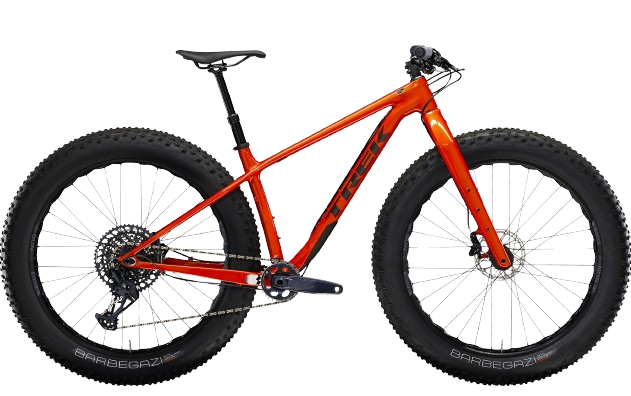
How to Choose the Right Mountain Bike
Share
How to Choose the Right Mountain Bike
Choosing the right mountain bike can make all the difference in your adventure-based tourism experience. Whether you're a seasoned rider or a beginner, understanding the various types of bikes available and what they offer is crucial. This guide will help you navigate the process and find the perfect bike for your needs.
Table of Contents
- 1. Consider Your Riding Style
- 2. Choose the Right Frame
- 3. Fatbikes for All-Terrain
- 4. Trek Mountain Bikes
- 5. Suspension Options
- 6. Gear and Brakes
- 7. Test Ride
1. Consider Your Riding Style
Before purchasing a mountain bike, think about where and how you plan to ride. Are you interested in cross-country, trail riding, downhill, or adventure-based tourism? Each type of riding demands a different bike style and setup, so knowing your preferred terrain and riding style will narrow down your choices significantly.
2. Choose the Right Frame
The frame is the heart of your mountain bike, affecting comfort, performance, and durability. Common materials include aluminum, carbon fiber, steel, and titanium. Aluminum frames are light and affordable, while carbon fiber offers superior strength and weight savings. Steel and titanium frames provide a smooth ride and long-lasting durability but come at a higher cost.
3. Fatbikes for All-Terrain
Fatbikes are an excellent choice for those looking to tackle diverse terrains. With oversized tires, they offer unparalleled traction and stability on sand, snow, and rocky trails. If adventure-based tourism is your goal, fatbikes can handle almost any surface, ensuring a smooth and enjoyable ride. Is this for you(tube)?
4. Trek Mountain Bikes
Trek mountain bikes are renowned for their quality, innovation, and performance. Whether you're exploring local trails or embarking on a challenging adventure, Trek offers a range of options to suit your needs. From hardtails to full suspension, Trek mountain bikes are designed to enhance your riding experience and tackle various terrains with ease.
5. Suspension Options
Suspension plays a vital role in absorbing shocks and providing a comfortable ride. Hardtail bikes, with suspension only in the front, are lighter and more efficient for climbing and pedaling. Full-suspension bikes, with both front and rear suspension, offer better control and comfort on rough trails. Consider the type of trails you'll be riding when choosing your suspension.
6. Gear and Brakes
The right gear and brakes are essential for a safe and enjoyable ride. Modern mountain bikes come with a wide range of gearing options to handle different inclines and terrains. Hydraulic disc brakes are preferred for their reliable stopping power and performance in all weather conditions. Ensure your bike's components match your riding needs and conditions.
7. Test Ride
Finally, always test ride a few bikes before making your decision. This hands-on experience will give you a feel for the bike's comfort, handling, and fit. Pay attention to how the bike responds to different terrains and make sure it aligns with your riding style and preferences. A test ride is crucial to finding the perfect mountain bike.
Choosing the right mountain bike, whether a fatbike or a Trek mountain bike, can greatly enhance your adventure-based tourism experiences. Consider your riding style, frame material, suspension, gears, and brakes to find the best fit for your needs. Happy riding!
